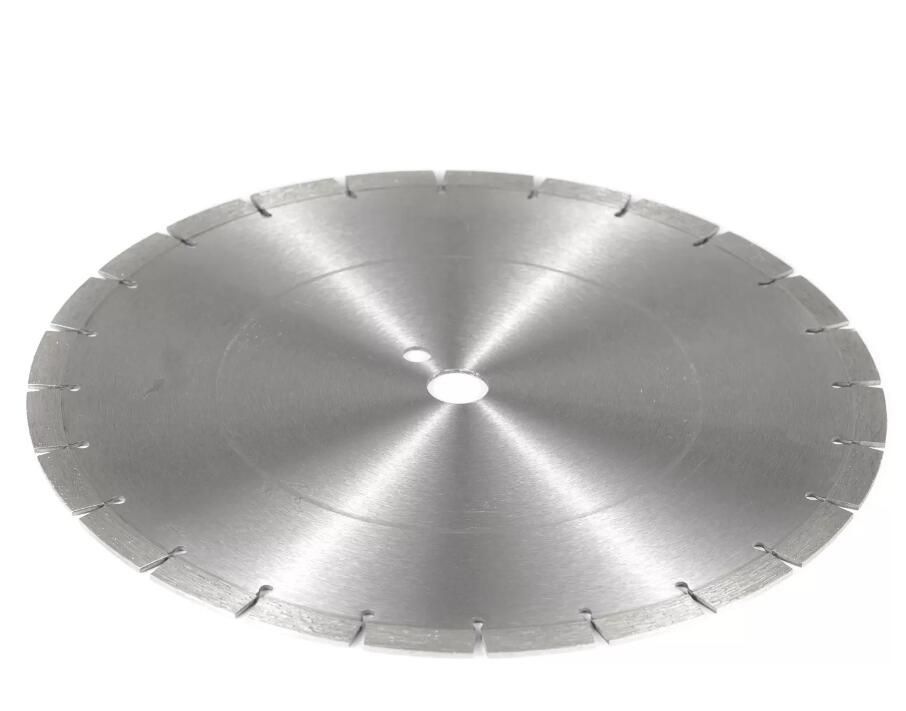The Intricate Art of Diamond Saw Blade Manufacturing
Diamonds have long captured the human imagination with their exquisite beauty and exceptional hardness. Beyond their use in jewelry, diamonds also serve a crucial role in industrial applications, especially as key components in the creation of diamond saw blades. These blades, known for their precision and durability, play a vital role in cutting through a variety of materials with remarkable efficiency. This article delves into the intricate process of manufacturing diamond saw blades, revealing the meticulous craftsmanship that transforms these dazzling gems into powerful tools of industry.
Selection of Raw Diamonds: The journey of a diamond saw blade begins with the careful selection of raw diamonds. Manufacturers seek diamonds that possess the ideal combination of size, quality, and clarity. These diamonds, known as industrial diamonds, may not meet the standards for use in jewelry but are prized for their exceptional hardness.
Diamond Segmentation: The selected diamonds are then divided into smaller segments or "diamond grits." These grits come in various sizes, each suited for specific cutting applications. The diamond grits are carefully sorted and classified based on their size and quality.

Mixing with Metal Powder: To form the cutting edge of the blade, the diamond grits are mixed with a metal powder, typically a mixture of powdered metals like cobalt or nickel. This mixture is known as the "diamond matrix." The metal powder acts as a binding agent, holding the diamond grits in place and providing structural integrity to the blade.
Molding and Pressing: The diamond matrix is then placed into a mold designed to shape the blade's core. The mold is subjected to intense pressure and heat, a process known as sintering. During sintering, the metal powder fuses together, creating a solid and dense core with embedded diamond grits.
Segment Formation: The core is now divided into segments, each containing a specific arrangement of diamond grits. These segments are spaced evenly around the blade to ensure balanced cutting and reduced friction during operation.
Segment Welding: The segments are welded onto the steel body of the blade, forming a circular pattern. Precision and accuracy are paramount during this step to ensure uniform distribution of the diamond segments.
Balancing and Finishing: The assembled blade undergoes a meticulous balancing process to eliminate any potential vibrations during operation. Once balanced, the blade is inspected for quality and undergoes finishing touches, such as sharpening the diamond segments and adding protective coatings.
Additional resources:What is the purpose of a rock drill?
How many PSI is a hydraulic pump?
Essential Guide: Non-Sparking Double Open End Wrench
What are the golden rules of press brake operation?
Which Soft Formations TCI Bit Works Best for Efficient Drilling in Modern Times?
Which Non Sparking Ring End Slogging Spanner is Worth Investing In?
What is the rule for bending sheet metal?
Quality Control: Quality control is an integral part of diamond saw blade manufacturing. Each blade is subjected to rigorous testing to ensure its structural integrity, balance, and cutting performance. Blades that pass the stringent quality checks are ready to be packaged and shipped to customers.
Conclusion
The art of manufacturing diamond saw blades is a harmonious blend of science, engineering, and craftsmanship. It transforms raw diamonds, celebrated for their beauty, into indispensable tools that power industries across the globe. From selecting the finest diamond grits to crafting intricate blade segments and conducting rigorous quality checks, every step in the manufacturing process is a testament to human ingenuity and dedication.
Diamond saw blades have revolutionized cutting technology, enabling precise and efficient cutting through a wide range of materials, including concrete, asphalt, stone, and metals. Their durability and precision make them an essential asset in construction, manufacturing, and other fields where precision and efficiency are paramount.
As industries continue to evolve and innovate, the manufacturing of Construction diamond saw blades remains a cornerstone of progress. The fusion of diamonds and engineering expertise exemplifies the limitless potential of human endeavor, creating tools that shape the modern world with their brilliance and efficiency.
How to Make Circular Saw Blades Last Longer?
What are tricone bits used for?
LPG Gas Transfer: Discover the Safest Methods to Ensure Efficient and Hassle-Free Transfer
How To Use The Wood Graining Tools Correctly?
What is the best way to clean a paint tray?
Revolutionizing Fire Safety: Ultimate Refill Machine for Fire Extinguishers
What is the difference between Torx and tamper proof Torx?
Unveiling the Best Panel Bender Price Deals
273
0
0
Related Articles
-
104
0
0
-
124
0
0
-
116
0
0
-
Which appliance doors bending machine offers the best value for the price?
Which appliance doors bending machine offers the best value for the price?
184
0
0
-
103
0
0
-
Which cutting-edge booster air compressor outperforms the rest?
Which Cutting-Edge Booster Air Compressor Outperforms the Rest?
171
0
0
-
156
0
0
-
135
0
0









Comments
All Comments (0)